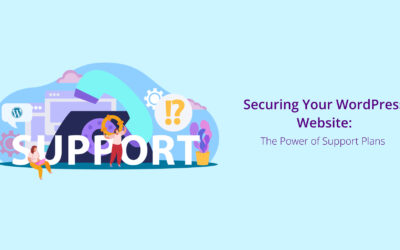For every 50 people who open a site, only one will respond to a call to action. The average time a viewer takes to stay or leave a landing page is 8 seconds.
What makes some pages more appealing than others? Why do some pages make a viewer more responsive to a call of action?
The answer is cliché but true. Visuals.
Visuals play a huge role in establishing a connection with viewers.
Dive into this article to understand how to make Emotional Imagery work for your landing page.
The power of visuals that strike a chord
Visuals are processed very quickly by the human brain. It takes just 150 milliseconds to process an image and another 100 milliseconds to attach meaning to the image. Images are processed 60,000 times faster than text.
A visual that evokes emotion in the viewer, is more likely to elicit a response from them than one that doesn’t. Many studies over the years, emphasize the importance of using images that convey feelings to drive conversions.
Understand the visitor to choose the right visuals for them
While visuals are appealing, the right visual is needed to elicit the right response. To choose the right visual, the kind of visitors being targeted and their level of understanding of the content has to be taken into consideration.
Visitor demographic
Demographics play a huge role in the choice of imagery. The strategy to connect with a visitor who is 45- 60 will be different from the strategy used to connect to a college-going individual.
Awareness of the problem
Suppose the site is addressing a pain point and proposing a solution, the visitor’s level of awareness of the pain point, will dictate what narrative will strike a connection.
If the visitor is aware of the problem, showing images of empathy is sure to strike a chord with them. Another strategy is to show images of the problem against a scenario where the problem doesn’t exist.
If the visitor is aware of the problem and also the solution, assuring them that they are making the right choice by providing images of happy outcomes is a good way to connect with them. Images that help gain confidence and customer trust are used in such scenarios.
Other image-related pointers
Visitors are now hyper-aware of generic images and tend to tune off while encountering them. Due to overconsumption of the same kind of images, there tends to be ‘user fatigue’ that works against these images.
- A study found that having human faces on a website made the website more appealing, having warmth and social presence.
- Use images that are attention-grabbing due to their uniqueness in terms of style of image or color or graphic style. However, the visual should be minimal, not visually distracting, or cause an increase in cognitive load.
- Use visuals that contain directional cues that can direct the attention of the visitor and provoke them to take action. An example is a picture of a person or image that points to the Call-to-Action button. Scientific studies on the effects of eye movement state that people are easily influenced by facial expressions. A person looking at a product positively influences the visitors to form a positive option on the product depicted.
Conclusion
Visuals are much more than an aesthetic element to a landing page. They are vehicles that convey your message to your visitor at lightning speed. These vehicles have the power to retain the most precious resource in marketing i.e., the attention of the customer. Hence emotional imagery is a great way to boost landing page conversions. What are some examples of landing page images you’ve seen and liked?





0 Comments